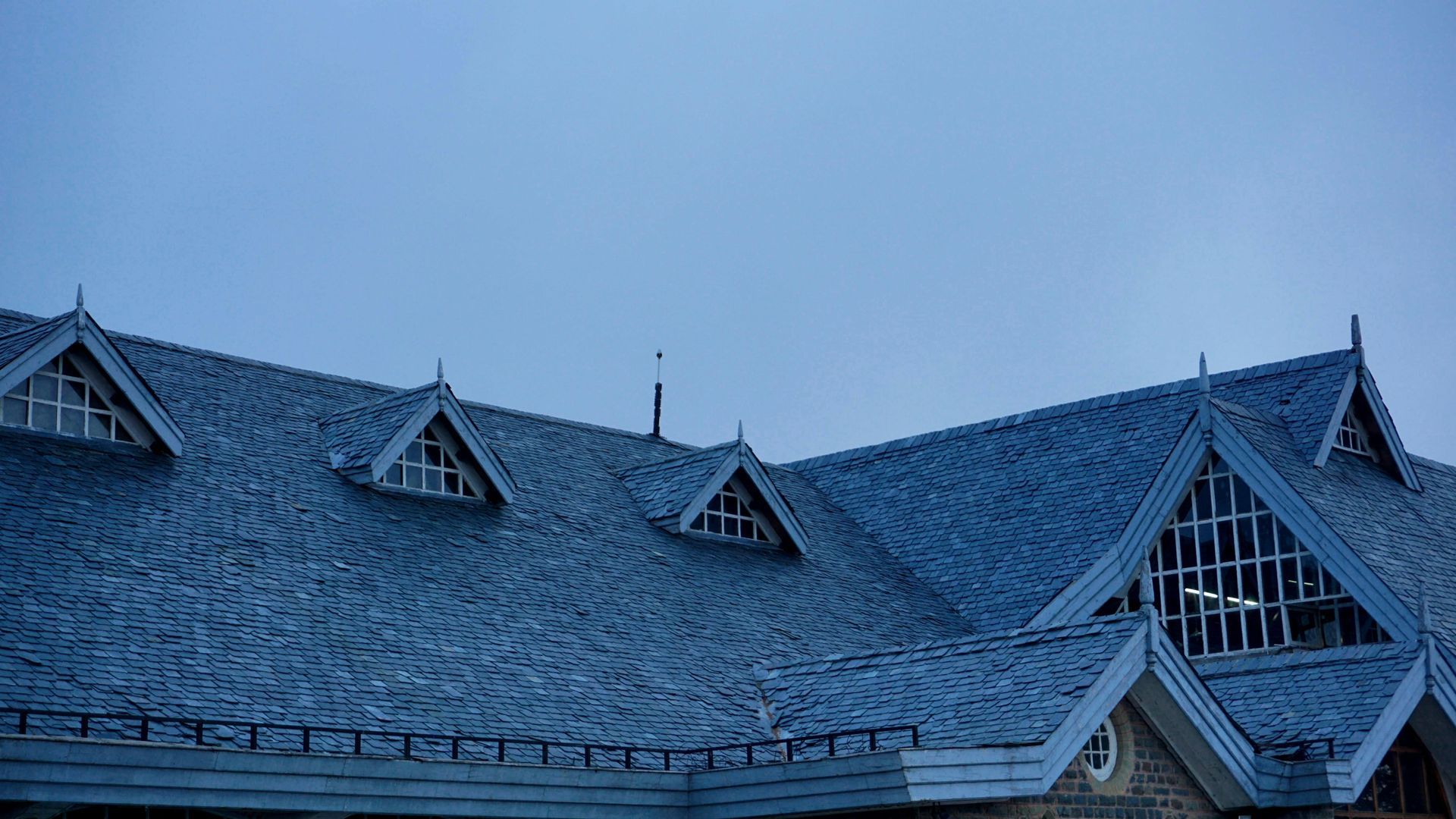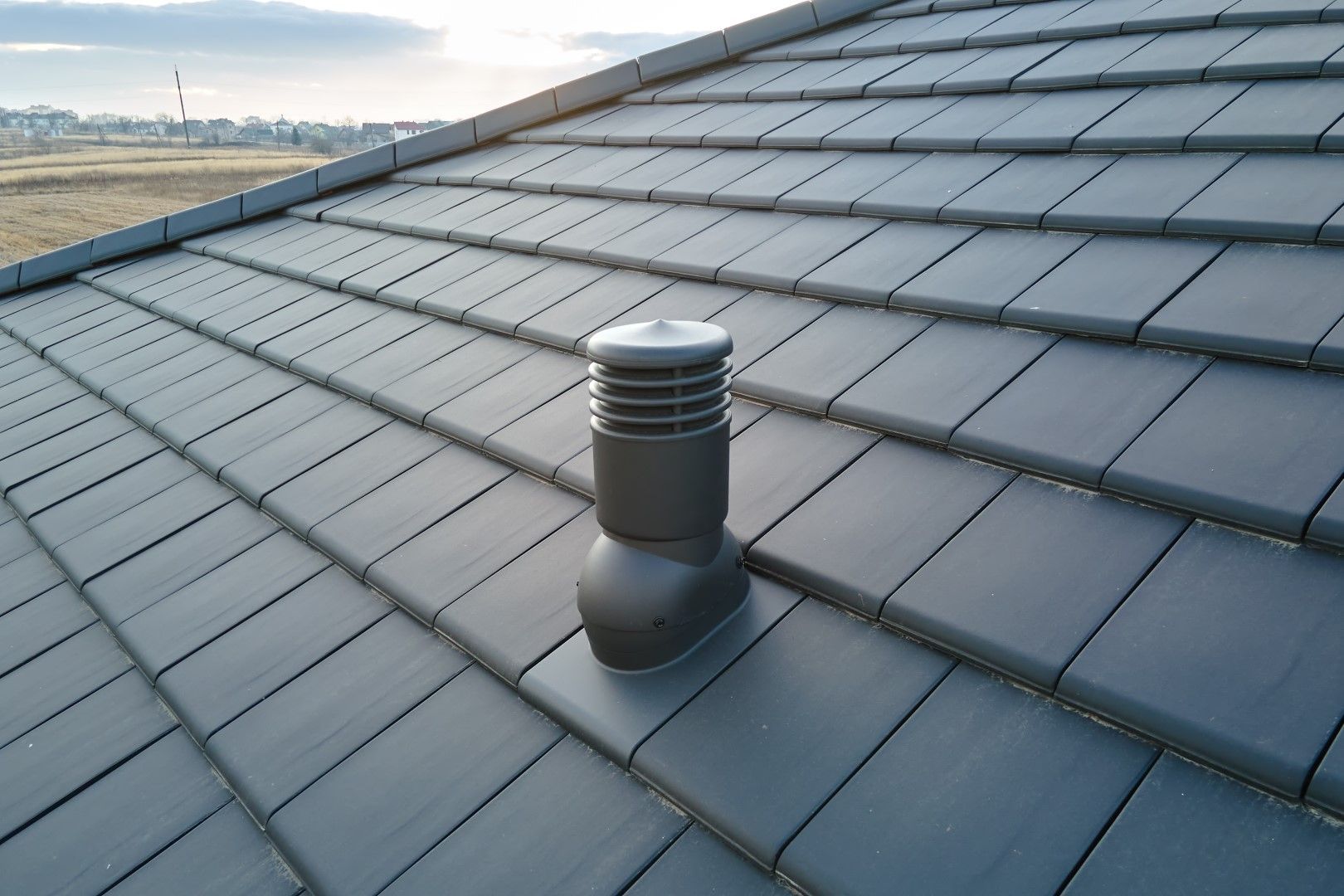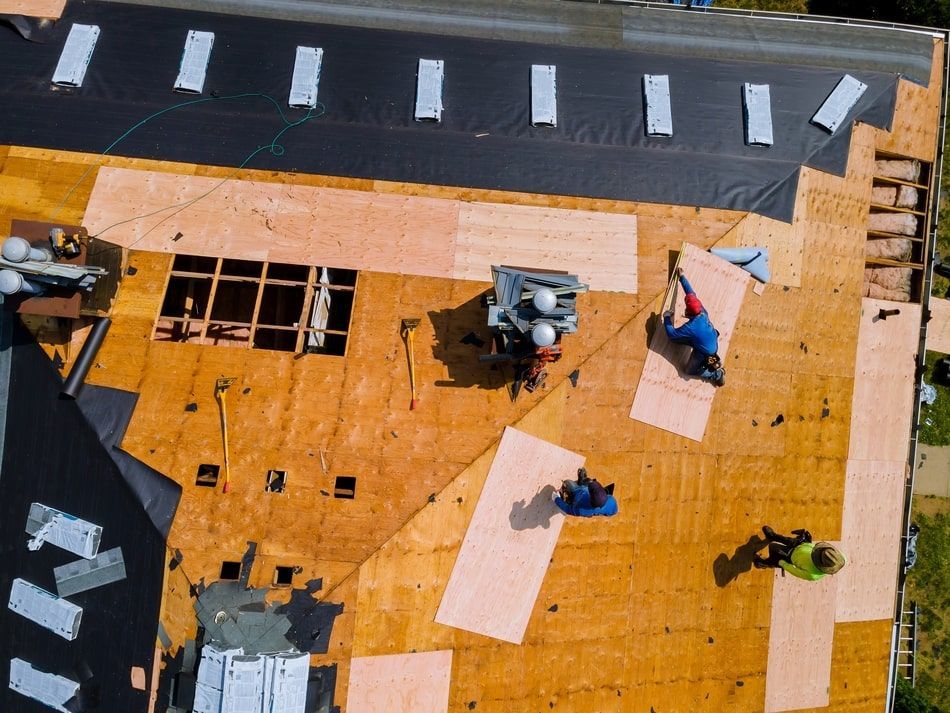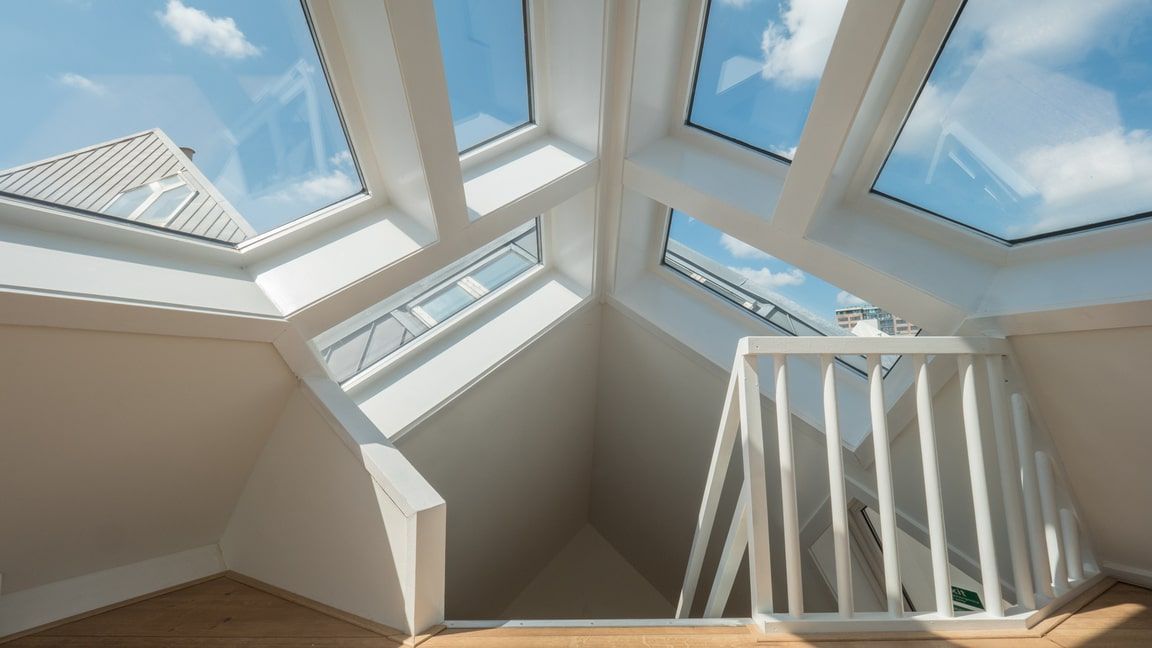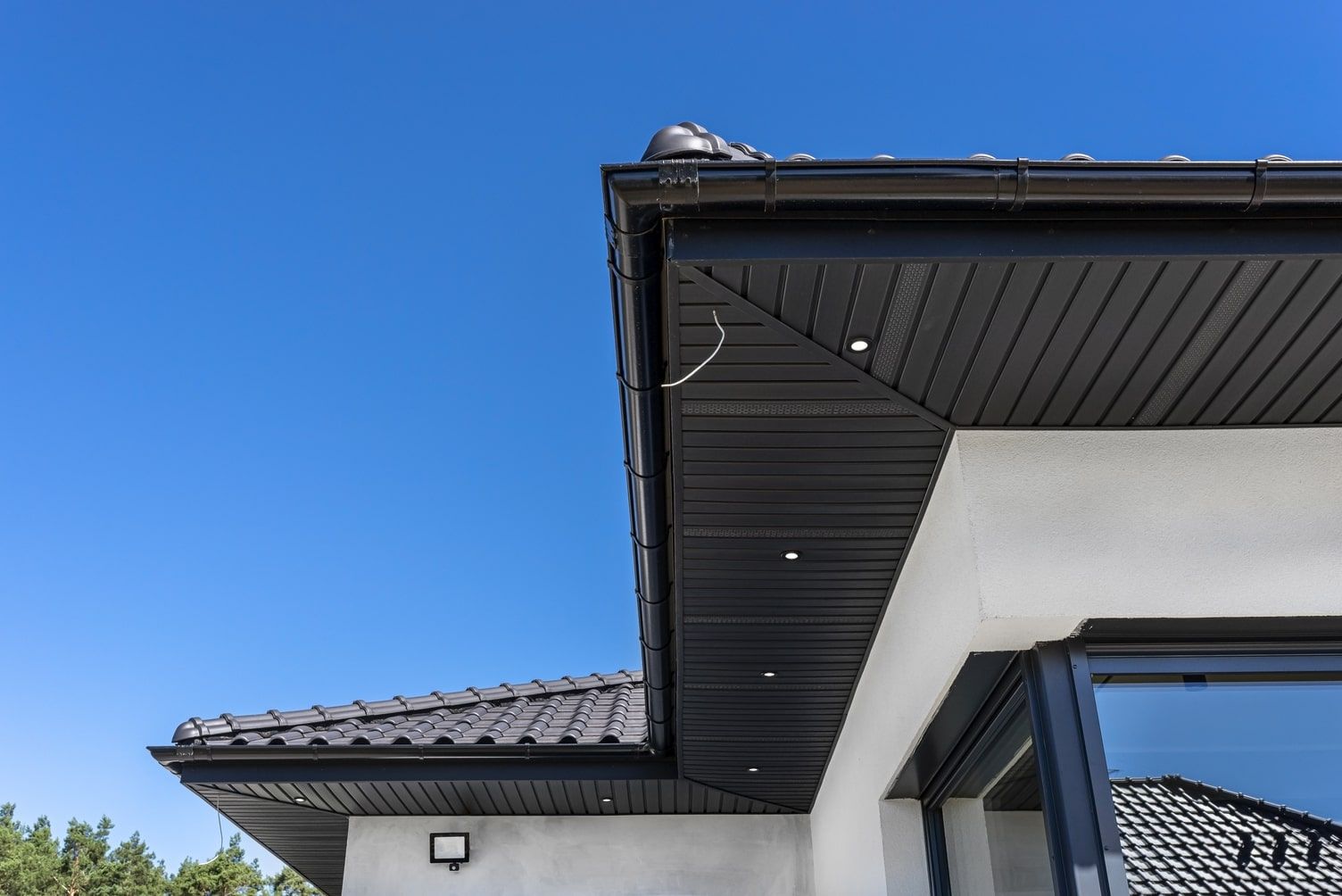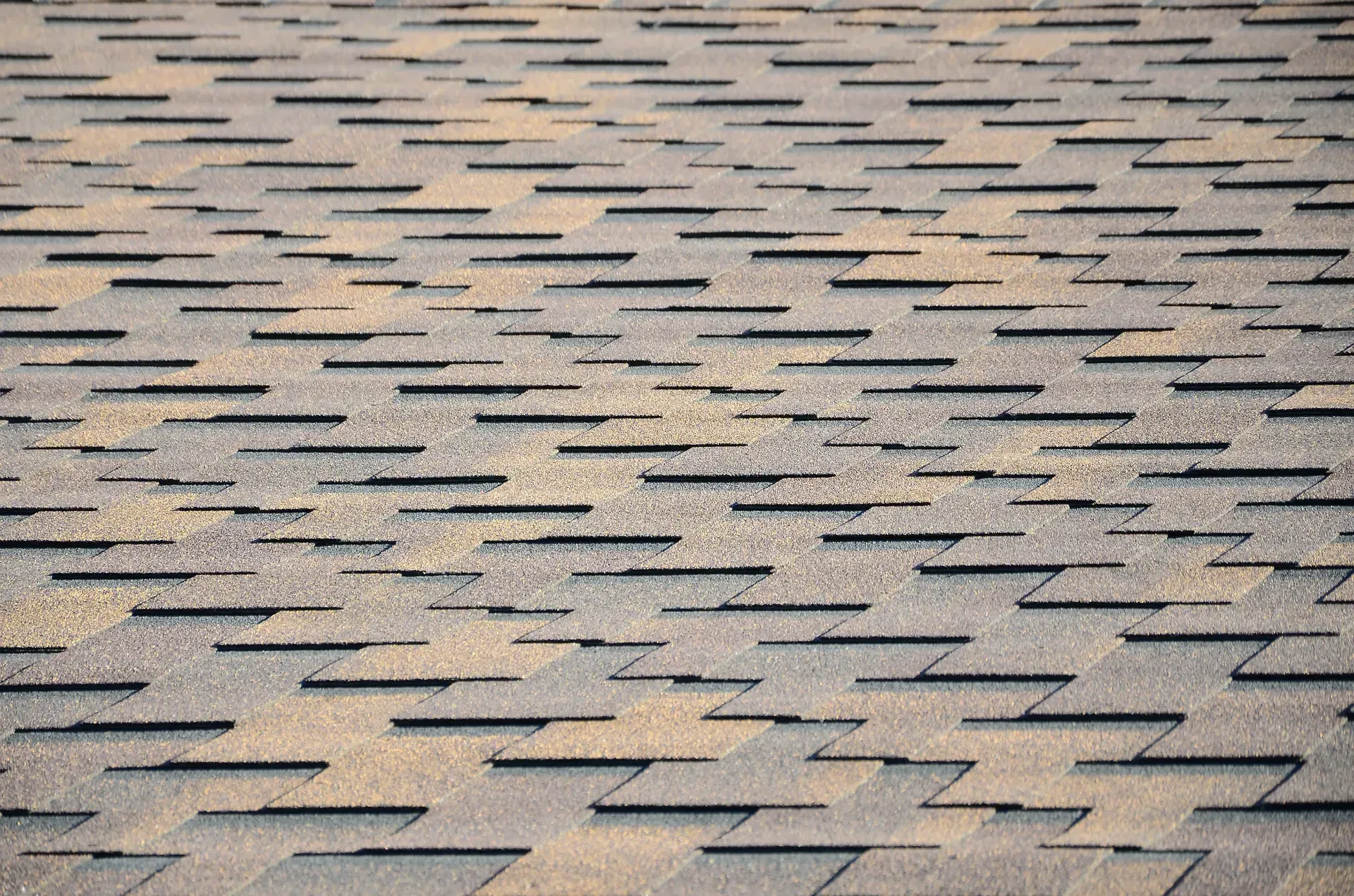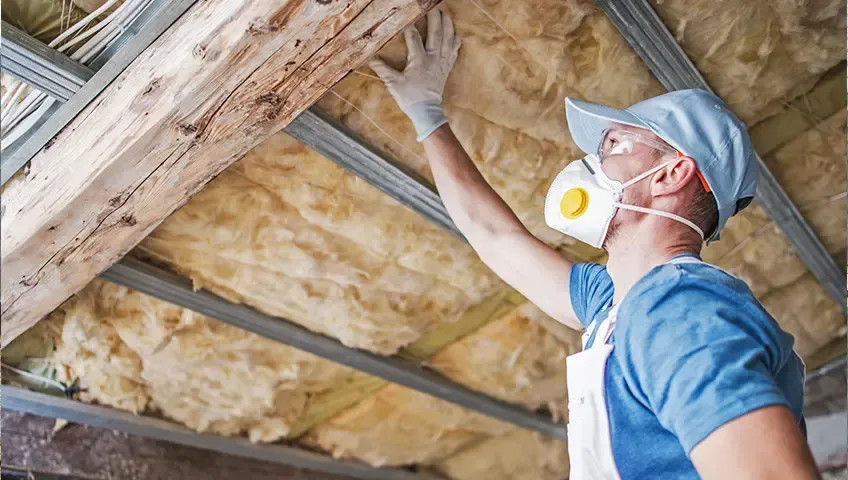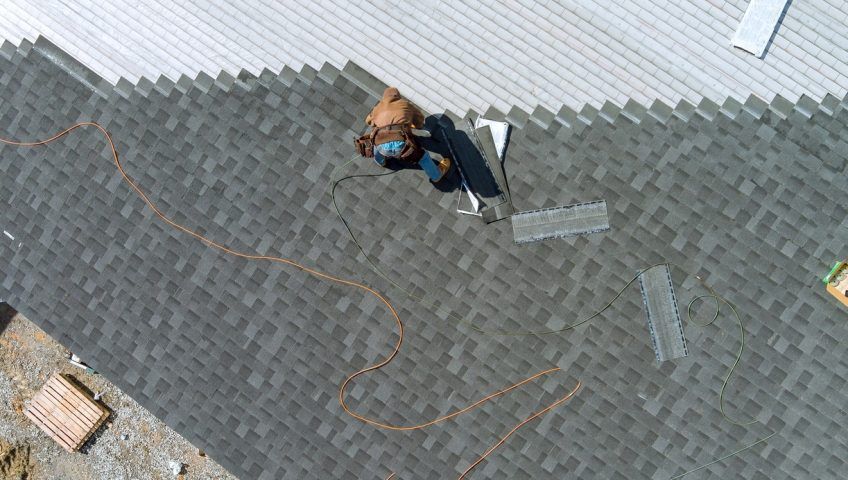Top Tips for Roof Maintenance: Ensuring Longevity and Performance
Your roof plays a crucial role in protecting your home from the elements, making regular maintenance essential for its longevity and optimal performance. Neglecting roof care can lead to costly repairs and compromise the structural integrity of your house. In this guide, Feeney Roofing will explore the top tips for effective roof maintenance to safeguard your investment and ensure a durable and reliable roofing system.
1.Regular Inspections: The Foundation of Maintenance
Roofs aren’t forever; you need to regularly inspect and maintain your roof.
Scheduled Check-ups
Establish a routine for roof inspections, ideally twice a year—spring and fall are excellent times. Look for signs of damage, such as missing shingles, cracked tiles, or any visible wear and tear. Catching issues early can prevent them from escalating into more significant problems.
Interior Examination
Don’t forget to inspect your attic or ceiling for signs of leaks, water stains, or mold. Interior examinations can reveal hidden issues that might not be immediately apparent from the exterior.
2.Clear Debris: A Clean Roof is a Healthy Roof
Debris tend to build up over time; and you need to make sure you get a professional to clean your roof for you. That’s where Feeney Roofing comes in!
Gutter Maintenance
Regularly clean out your gutters and downspouts to prevent clogs. Clogged gutters can lead to water backup, causing damage to the roof and potentially leading to leaks.
Tree Limb Trimming
Trim overhanging branches to prevent them from scraping against the roof during storms. This minimizes the risk of physical damage and prevents the buildup of debris.
3.Mindful Cleaning: Prot
ecting Against Algae and Moss
Cleaning your roof isn’t all that simple; there’s more to it.
Algae and Moss Removal
Algae and moss can compromise your roof’s integrity over time. Clean your roof carefully, using recommended solutions, to remove these growths. Regular cleaning helps maintain the roof’s appearance and prevents damage.
Avoid Pressure Washing
While cleaning is essential, avoid using high-pressure washers, as they can damage roofing materials. Opt for gentle methods to preserve the integrity of shingles and tiles.
4.Address Repairs Promptly: Small Fixes Prevent Big Problems
Quickly addressing any minor issues will save you from large repair bills.
Timely Patching
If you notice damaged or missing shingles, address the issue promptly. Timely patching prevents water from infiltrating your home, safeguarding the roof structure and interior spaces.
Professional Assistance
For more complex issues or if you’re uncomfortable making repairs yourself, seek professional help. Roofing experts can assess and fix problems efficiently, ensuring the longevity of your roof.
5.Weatherproofing: Preparing for the Elements
Neither sunshine nor rain is necessarily kind to your roof. That’s why you need to have Feeney Roofing weatherproof it.
Reinforce Seals
Inspect and reinforce seals around vents, chimneys, and other roof penetrations. Proper sealing prevents water from seeping through vulnerable areas during heavy rain or snow.
Check Flashing
Examine the flashing around your roof’s edges and features. Damaged or loose flashing can allow water to enter, causing leaks. Ensure that all flashing is secure and in good condition.
Conclusion: A Proactive Approach for a Lasting Roof
Maintaining your roof is a proactive effort that pays off in the long run. Regular inspections, prompt repairs, and preventive measures can significantly extend the life of your roof and protect your home from weather-related damage. Contact Feeney Roofing to put yourself on the path to ensuring the longevity and optimal performance of your roofing system.

